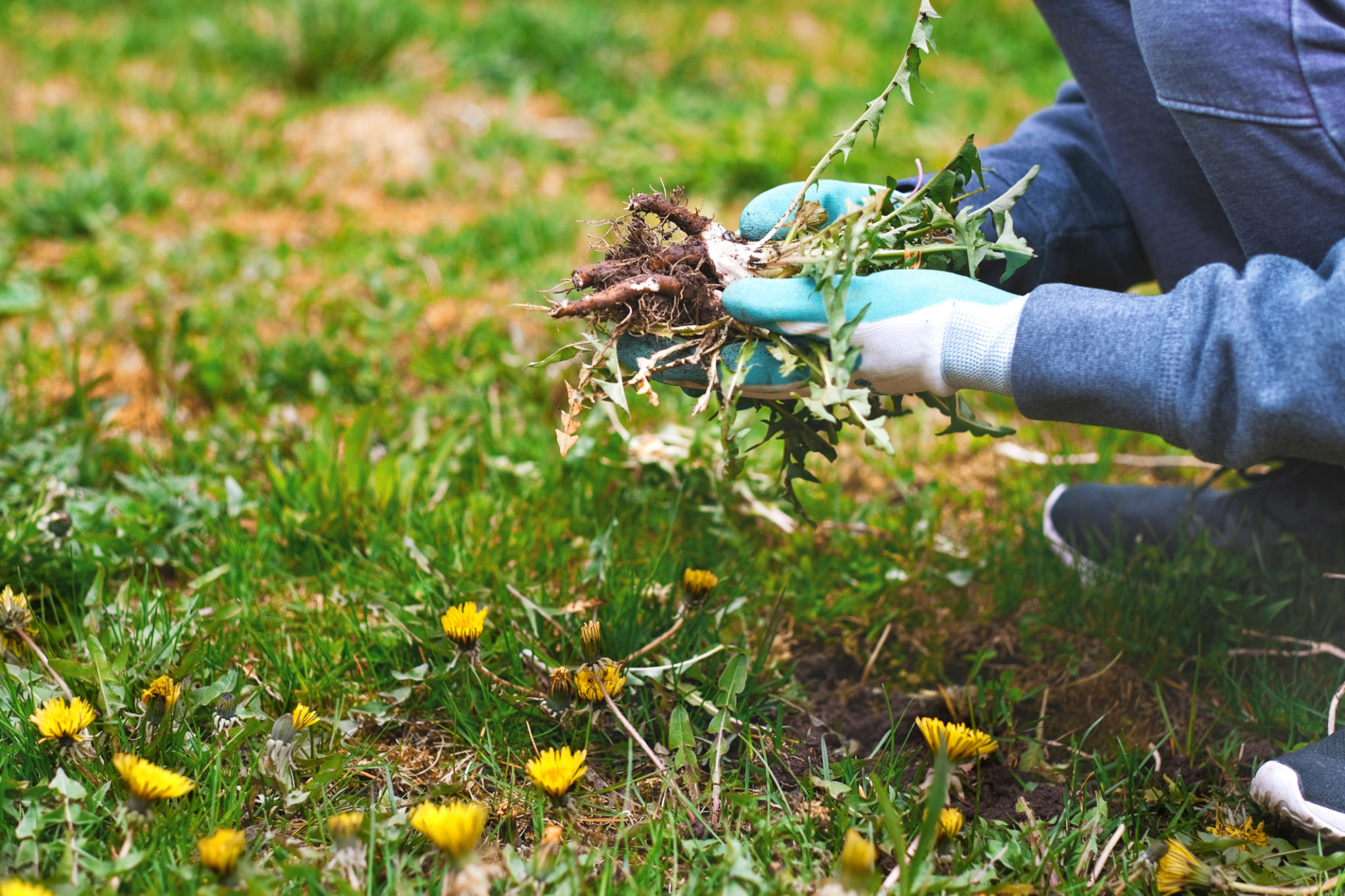Mulching 101: Benefits and Best Practices for Healthy Gardens
Understanding Mulching
Mulching is a common gardening practice that involves applying a layer of material on the soil surface. This technique is beneficial for retaining soil moisture, suppressing weeds, and enhancing the overall appearance of your garden. In this blog post, we'll delve into the benefits and best practices of mulching to ensure your garden thrives.

Benefits of Mulching
Moisture Retention
One of the primary benefits of mulching is its ability to conserve soil moisture. By covering the soil, mulch reduces evaporation, ensuring that your plants have sufficient water, especially during hot and dry periods. This can lead to more robust plant growth and reduced need for frequent watering.
Weed Suppression
Mulch acts as a barrier that prevents sunlight from reaching the soil surface, which helps in suppressing weed growth. Fewer weeds mean less competition for nutrients and water, allowing your plants to flourish. Additionally, this leads to less time spent on weeding, giving you more time to enjoy your garden.
Soil Temperature Regulation
Mulching helps in maintaining consistent soil temperatures by insulating the ground. During hot summer months, it keeps the soil cooler, while in winter, it provides a layer of warmth. This temperature regulation is crucial for plant health and can prevent stress caused by extreme temperature fluctuations.

Types of Mulch
There are several types of mulch available, each with its unique properties. Common organic mulches include wood chips, straw, and shredded leaves. These materials decompose over time, enriching the soil with nutrients. Inorganic mulches like gravel or black plastic are also options; however, they do not break down and provide nutrients.
- Organic Mulch: Ideal for improving soil quality as it breaks down.
- Inorganic Mulch: Longer-lasting but does not enrich the soil.
Best Practices for Mulching
Proper Application
When applying mulch, it's crucial to use the right thickness. A layer of 2 to 4 inches is generally recommended. Too little may not effectively suppress weeds, while too much can hinder water penetration and lead to root rot. Ensure the mulch is spread evenly and avoid piling it against plant stems to prevent rot.

Timing and Replenishment
The best time to apply mulch is in the spring or fall when temperatures are moderate. This timing allows the mulch to provide optimal benefits throughout the growing season. Remember to replenish organic mulch annually as it decomposes, ensuring continuous soil improvement.
Conclusion
Incorporating mulching into your gardening routine can yield significant benefits. From moisture retention to weed suppression and soil temperature regulation, mulching is a simple yet effective practice for promoting a healthy garden. By choosing the right type of mulch and applying it correctly, you can ensure that your garden remains vibrant and thriving.
